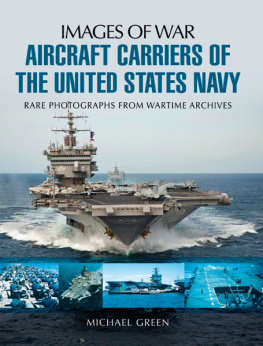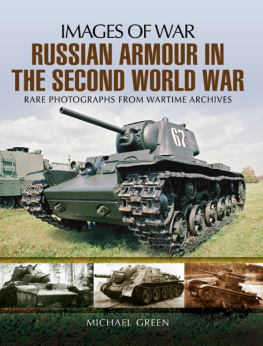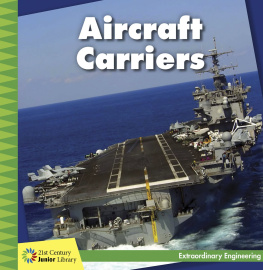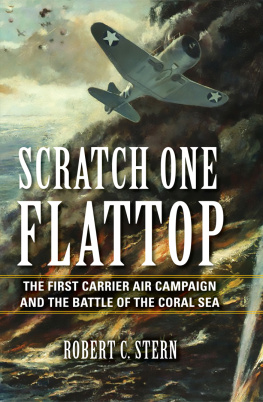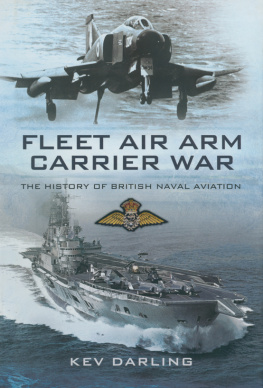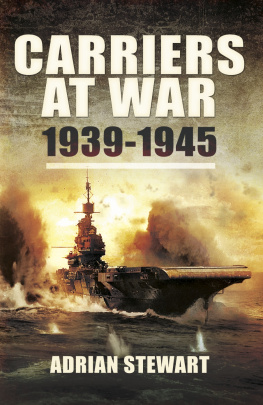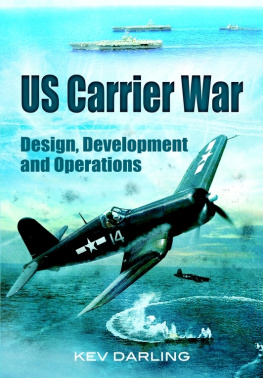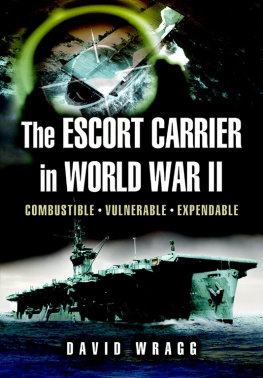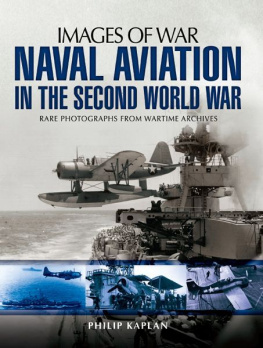First published in Great Britain in 2015 by
PEN & SWORD MARITIME
An imprint of
Pen & Sword Books Ltd
47 Church Street
Barnsley
South Yorkshire
S70 2AS
Copyright Michael Green, 2015
ISBN: 978-1-78337-610-0
EPUB ISBN: 978-1-47385-444-4
PRC ISBN: 978-1-47385-456-7
The right of Michael Green to be identified as author of this work has been asserted by him in
accordance with the Copyright, Designs and Patents Act 1988.
A CIP catalogue record for this book is available from the British Library.
All rights reserved. No part of this book may be reproduced or transmitted in any form or by any
means, electronic or mechanical including photocopying, recording or by any information storage
and retrieval system, without permission from the Publisher in writing.
Typeset by Concept, Huddersfield, West Yorkshire HD4 5JL.
Printed and bound in England by CPI Group (UK) Ltd, Croydon CR0 4YY.
Pen & Sword Books Ltd incorporates the imprints of Pen & Sword Archaeology, Atlas, Aviation,
Battleground, Discovery, Family History, History, Maritime, Military, Naval, Politics, Railways, Select,
Social History, Transport, True Crime, and Claymore Press, Frontline Books, Leo Cooper,
Praetorian Press, Remember When, Seaforth Publishing and Wharncliffe.
For a complete list of Pen & Sword titles please contact
PEN & SWORD BOOKS LIMITED
47 Church Street, Barnsley, South Yorkshire, S70 2AS, England
E-mail:
Website: www.pen-and-sword.co.uk
DEDICATION
I would like to dedicate this book to Ivan F. Andes who served on the USS Saratoga (CV-3) as a US navy gunnery officer during the Second World War.
Contents
Foreword
T o trace the history of United States navy aircraft carriers, it is essential to trace their history from the latter part of the First World War up until today. The American aircraft carrier grew up in uncertainty over its place in the fleet and uncertainty over the technology associated with this new type of ship and its fragile aircraft. As the technology matured and the US navy became more familiar and confident with carrier operations in the 1930s, the carrier took on an important role in the fleet. Nevertheless, this was a decidedly secondary role compared to the battleship, which was still seen as the ultimate arbiter of naval power.
The opening of the Second World War quickly upset this calculation. At a time when the US navy was still trying to figure out how to operate multiple carriers in a single formation and whether this was even desirable under wartime conditions, the Imperial Japanese Navy had created a revolution in naval warfare by combining all its fleet carriers into a single formation. The striking power of this unit was unsurpassed, and when combined with excellent aircraft and highly-trained air-crew, the Japanese began a rampage through the Pacific and Indian Oceans. The carrier was suddenly cast as the centrepiece of the US navy a situation that remains unaltered today. Going into the Pacific theatre of operations, the US navys carrier force certainly had its hands full as it learned how to fight a carrier war.
Fortunately for the US navy, it had spent considerable time during the pre-war era in mastering the basics of carrier operations. Going into the war, it possessed a number of large carriers and almost all of these saw action against the Japanese. The Yorktown class was a truly excellent design which demonstrated the US navys emphasis on ships that could carry a large air group, thus giving the ship maximum offensive fighting power.
Built around the three Yorktown-class carriers, the Pacific Fleet was able to stem the Japanese tide in 1942 and take the first steps on the road to Tokyo. If the pre-war carriers stopped the Japanese, the flood of Essex-class carriers provided the muscle to push the Japanese all the way back to the Home Islands. This was the largest class of fleet carriers ever built and proved remarkably resilient and adaptable. So successful was this basic design that it was modified after the war, equipped with new innovations to allow it to operate jet-propelled aircraft, and saw extensive action during the first decades of the Cold War, including service in the Korean and Vietnam conflicts.
Not to be forgotten is the immense contributions of the smaller light aircraft carriers, and the unglamorous but essential escort carriers during the Second World War. The escort carrier not only saw extensive service in the Pacific performing a variety of duties but also deployed in the Atlantic to take on the German U-boat menace. In 1943 alone, these ships helped to sink twenty-four U-boats and played a large role in turning the tide in the Atlantic campaign.
As the Essex-class carriers soldiered on into the Cold War, the first of the supercarriers, the Forrestal class, entered service in the 1950s. They were to be succeeded by progressively larger classes of supercarriers until the mid-1970s when the first of the Nimitz-class supercarriers were commissioned. These machines had over 100,000 tons full-load displacement and measured some 1,100 feet in length. The eighty-five or so aircraft carried aboard provided the US navy with the means to exert sea control against the growing threat of the Soviet navy and to project power ashore to almost anywhere on the planet. With nuclear power, the Nimitz-class carriers could easily stay on station anywhere in the world on a sustained basis and provide the backing not only to American military operations but often to American diplomacy.
All of this is well-covered in this single volume: from the first carrier which was nothing but a test platform converted from a collier and had no island, no hangar deck and little more than a flat deck to start the business of learning how to operate aircraft off ships. Up through to the carriers of today with their array of sophisticated technology permitting flight operations with the most modern aircraft in any kind of weather. Each of the ten Nimitz-class carriers operated by the US navy today has more aircraft embarked in a single hull than most nations have in their entire air force.
The strength of this work lies in the ability of the author to fully trace the development of the American carrier without getting bogged down in immense detail. The text is sharp and insightful and is supported by a well-chosen array of photography, giving the reader a full appreciation of the ships that have shaped US navy history over the last century.
Mark E. Stille
Commander, United States Navy (retired)
Acknowledgements
A s with any published work, authors must depend on their friends for assistance. These include Michael Panchyshyn, fellow author Mark Stille, Peter Syvers and Orv Barr. The bulk of the historical photographs in this work were acquired from Real War Photos (operated by Jo Ellen and George D. Chizmar), the National Naval Aviation Museum and the National Archives. Some historical images were provided by Michael Pollock of Maritime Quest. More modern post-war images came from the United States Navy News Service and www.defenseimagery.mil, which is operated by the United States Department of Defense (DOD).
For brevitys sake the picture credits for Real War Photos will be shortened to RWP. Those from the National Naval Aviation Museum will be abbreviated to NNAM and the National Archives will appear as NA. Images from the US Navy News Service and www.dimoc.mol will be credited to DOD for the sake of brevity.
Chapter One
Pre-War Aircraft Carriers
T he honour of designing and building the worlds first true aircraft carrier goes to Great Britains Royal Navy. An uncompleted Italian ocean liner was acquired from a British shipyard in September 1916 during the First World War and fitted with a continuous wooden flight deck 565 feet long, supported by a metal framework. The ship was named the HMS
Next page
